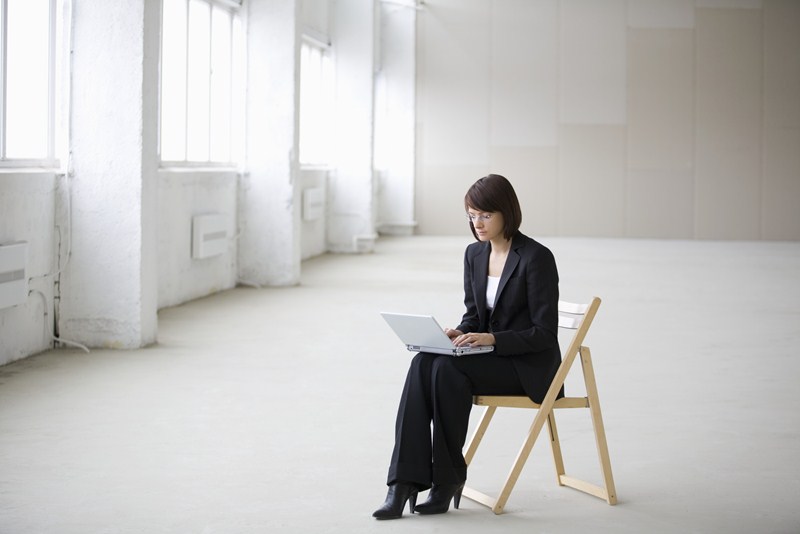If you are self-employed – this article does not apply to the directors and shareholders of limited companies – there is often a mis-match between the amount you draw from your business and your tax bill.
When times are good profits may be high, but you may have decided to keep your personal drawing from the business to a modest amount. If drawings are lower than profits this would allow you to build up cash reserves in your business.
Which is why self-employed business owners are frequently confused when their tax bills increase even though their personal drawings from the business have not increased.
Why is this?
The simple answer is that the self-employed are taxed on the profits their businesses generate and not the drawings they take from the business.
Fortunately, the opposite result also applies. When your business is making a loss, but you still need to draw on cash reserves to pay your own bills, you may have no tax to pay even though you are still taking drawings from your business.
Obviously, there is no long-term future in withdrawing funds from your business if you continue to make losses or profits lower than your drawings. This process will eventually exhaust your cash reserves and lead to insolvency.


Recent Comments